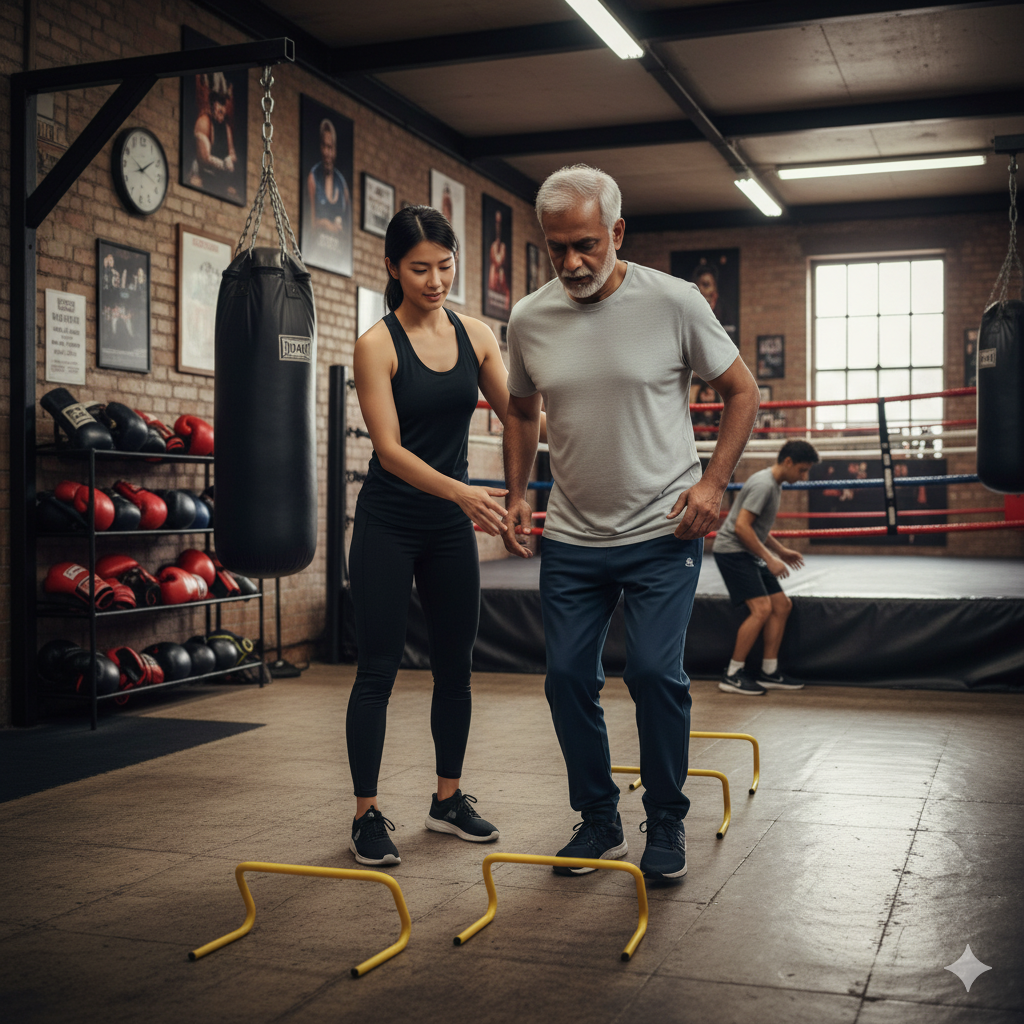

Isn’t it kind of wild that working with a physical therapist can help you walk better, move more easily, and even reduce the risk of falling flat on your face? That’s the power of physical therapy when you’re living with Parkinson’s disease.
Parkinson’s affects movement, coordination, and balance. Physical therapy (PT) helps target all of those in a way that is safe, personalized, and actually kind of empowering. Whether you're newly diagnosed or you’ve been managing Parkinson’s for a while, PT can make a huge difference.
Spoiler alert: they don't just hand you a list of exercises and send you on your way. A Parkinson’s-trained physical therapist is like a movement coach, mobility motivator, and safety expert all rolled into one.
They will:
Let’s be honest: Parkinson’s can be a real pain in the gait (pun intended). Here are just a few of the movement issues PT can address:
Don’t worry, you won’t be doing burpees. A typical session may include:
It’s not a one-size-fits-all program. It’s tailored to where you are today, and where you want to be tomorrow.
Short answer: as soon as possible. You don’t have to wait until you’re struggling to get out of a chair. In fact, the earlier you start, the better the outcomes tend to be. Think of PT as your movement insurance plan.
Even if your symptoms are mild, working with a PT can help you:
Absolutely. A good physical therapist will not only guide you in person but also give you a home exercise program to keep the progress going between sessions. You can also join virtual Parkinson’s-specific exercise classes to stay on track.
Just make sure your at-home routine is safe and based on professional guidance. That way, you get results without the risk.
Physical therapy isn’t the only piece of the puzzle, but it’s a big one. It works best when combined with:
Together, they form a well-rounded approach that keeps you moving, communicating, and living better.
Physical therapy isn’t just about stretching. It’s about reclaiming confidence, movement, and control. Whether you're working on walking straighter or getting up from a chair without fear, every step counts.
So if you haven’t already, connect with a Parkinson’s-trained physical therapist. Your future self will be glad you did.

